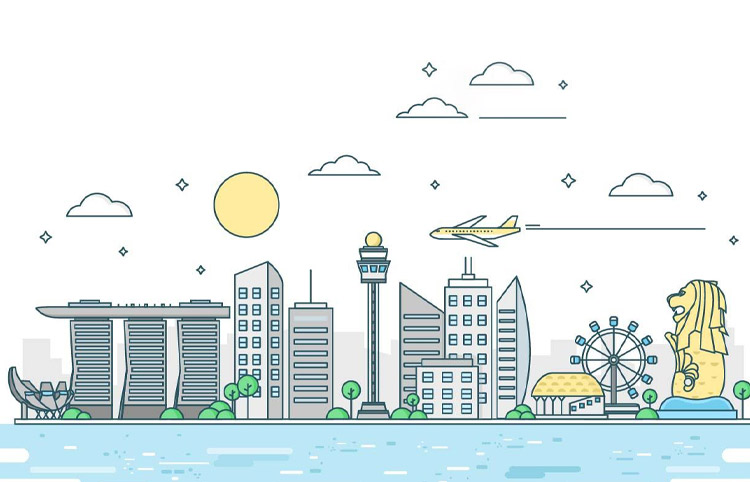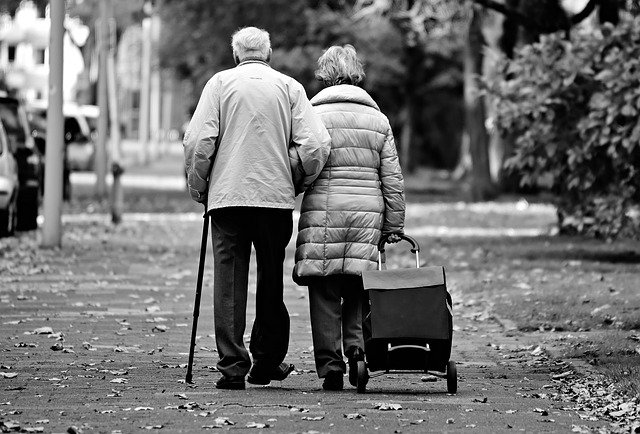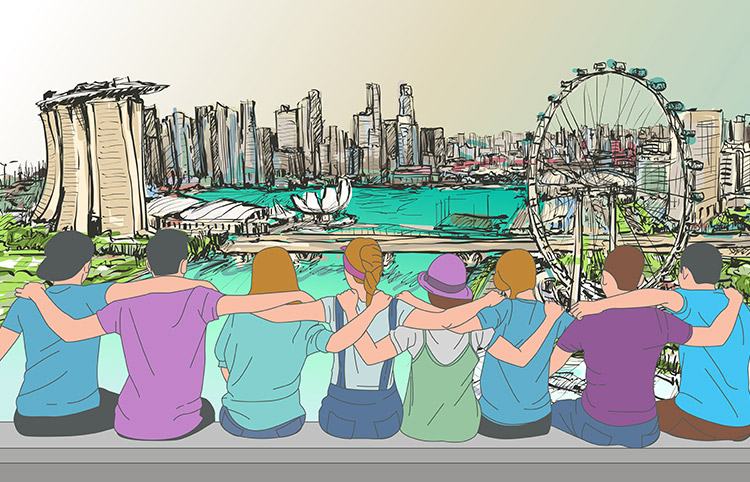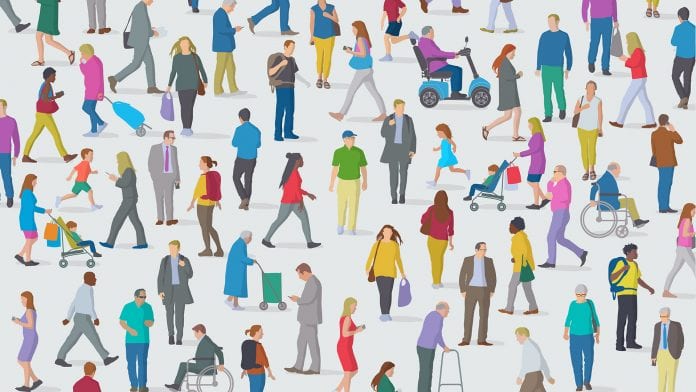Singapore has gained a reputation for itself on an international platform as a country that is strong both diplomatically and economically. Some quarters believe that the economic benefits have come about by compromising on the environment. Under the great leadership of the incumbent government, Singapore has over the last five decades ensured a balance between the environment and economy.
To boost the country’s economy, Singapore has invested significantly in infrastructure required for global markets. Singapore does not produce crude oil, however, it is known as a major hub for oil refining and trading. Oil refining and processing has a direct and immediate effect on the environment. Southern islands have been cleared of native populations and combined to create large petrochemical refineries and storage facilities. High levels of carbon emissions are a natural consequence of this activity which ultimately leads to climate change.
While the above has impacted the economy, the petrochemical industry has created thousands of jobs not just in the field itself, but also in complimentry industries like construction. The government has balanced the pollution generated in building the economy by investing in greenery. Thousands of trees and bushes have been planted around the small island. Even today one can see exotic trees and flowering bushes across the country and justifies its name as the Garden City. With no natural resources, the economic plan of the government has allowed for economic groth despite costs to the environment. The government has tried to mend this issue by regular tree planting to off-set carbon emissions.
In recent times the government has taken conscious efforts to build policies that protect the environment. Singapore has created a well-connected public transport system ensures that people commute using these transportation systems travel in comfort and reduce carbon emissions. The government has created cycling paths for the convenience of cyclists. In building new homes, Singapore government insists on having plant life in the form of green roofs, vertical gardens or even walls made it lush green grass and plants. Thus, while the country has made significant economic progress, it has not forgotten the importance of environment and is trying to strike a balance. The economy and the environment is well balanced in Singapore.
Singapore is extremely resourceful in finding balance between environment and economic growth. Growing concerns about climate change and global warming has prompted Singapore to continuously drive in the right direction of protecting the environment. A notable example of this can be an important tourist attraction, Gardens by the Bay, which has an innovative design and is considered a masterpiece in eco-friendliness. Recently, there also have been developments that the gardens will adopt a technology which can convert garbage into energy which can enhance plant growth. Similarly, many public parks in the country contribute significantly to the environmental health and also boost the economy. Unlike cities like Shanghai, Saigon and Santiago, Singapore is not plagued by the issue of air pollution. Singapore has good quality air and a high-quality life which make it clear that Singapore does have great balance between environment and economy.
Not only locally, Singapore has addressed the issues concerning environment on an international level as well. For example, during the forest fires in Indonesia, the National Environment Agency, helped to detect fire in 450 hotspots in three provinces in Indonesia. Singapore also offered fire-fighting assistance to Indonesia. This shows that Singapore as a country is not only addressing environmental issues on a national level but also on a global level. Apart from that, Singapore is also a signatory to the Paris document which asks for carbon and green house gas emission cuts. This again illustrates that Singapore, takes environment seriously and tries to strike a balance between economic needs and environmental needs.
There is no doubt that Singapore takes environmental concerns seriously. The country makes conscious efforts to mitigate the damage caused by economic endeavours. Though Singapore is not perfect in many aspects regarding environment, the country takes significant steps to become eco-friendly. This is evident from the fact that its carbon emissions are lesser than of the other developed nations.









